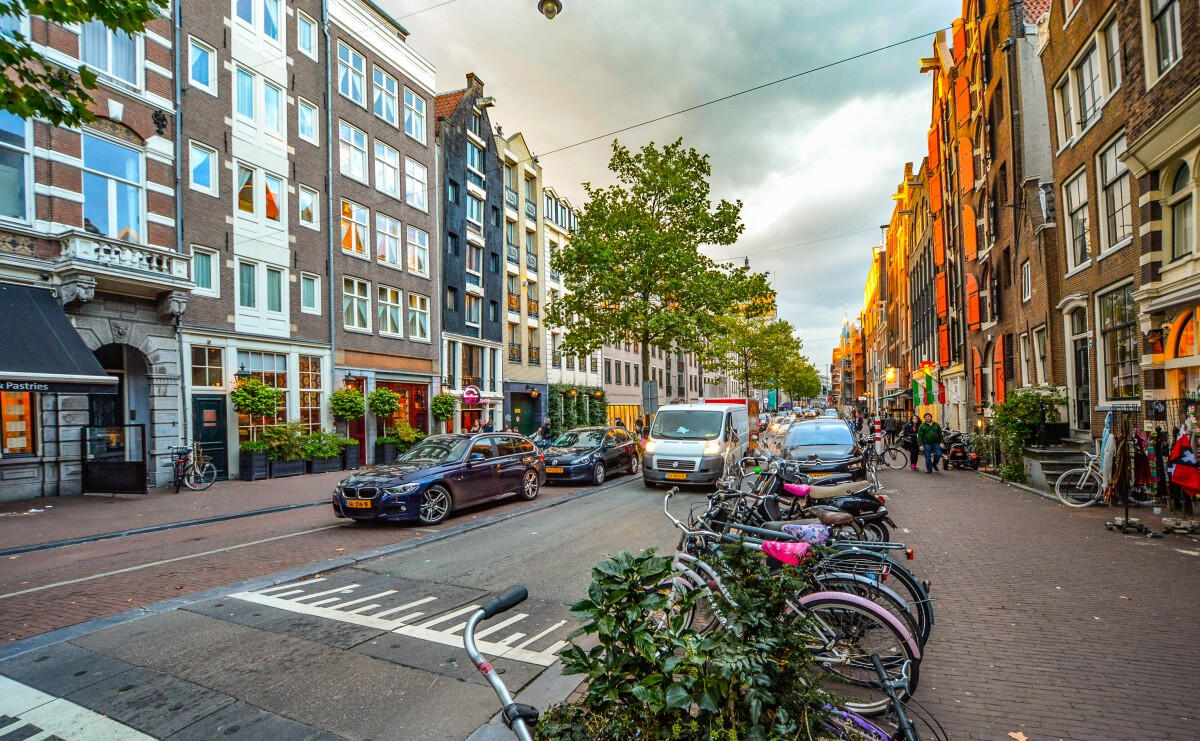Zoning Walkability Transit
End Car Dependency
Restoring organic social, economic, and infrastructural growth in American cities.

It is incredibly liberating to drive where you need on a whim. The problem is, we've gone too far. . .We use cars for everything, not because we can but because we have no choice. We are completely enamored by our roads and cars that we don't see the full extent of how they inhibit our lives.We build our lives around the assumption that everyone can afford a car. Without one, you can go nowhere. Parents become chauffeurs. Errands become all-day endeavors. Our nine to five becomes eight to six. And now we only walk for leisure or exercise.A car-independent society is one that is truly free.

Not an impossible task
Righting our wrongs
Modern American cities have taken a backwards approach to solving the problems of car infrastructure. They mistakenly believe that throwing lots of money at public transportation options is the answer when in reality, that's just a band-aid to the core issues at play.It's not too late to reverse the damage done to our towns.
Zoning
The first, and sometimes less obvious, way to reduce traffic on the roads is to remove some of the need to drive. Practically, this means bringing schools and services closer to home. When we artificially segregate homes from the things people want to do or places they want to be, we force them to buy and use cars. However, if we structure our zoning to allow local businesses and services to be closer to residential areas, it becomes convenient to walk or ride a bike to our destinations.
Walkability
It is painstakingly clear that we need places to walk and ride bikes and we need them to be pleasing and enjoyable. Cities become walkable and bike-able when we break out of the car-centric worldview and build sidewalks and bike lanes that are not on or next to roads. Typically, these are referred to as trails. They connect people quickly to their destinations rather than routing them around large city blocks and near high-speed traffic. Building a robust and thoughtful trail system throughout a city is foundational for creating a healthy and profitable public transit system.
Transit
Lastly, public transportation can greatly enhance our lives by connecting us to friends in other cities or to our frequent destinations. The keystone of healthy public transit systems is reliability, which is essential for building trust and maintaining profitability. The end goal of public transit must be to compete with and reduce the strain on highways and high-traffic roads. Riding on trustworthy public transportation is safer, more enjoyable, and more efficient.
